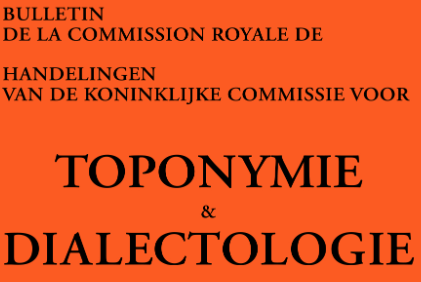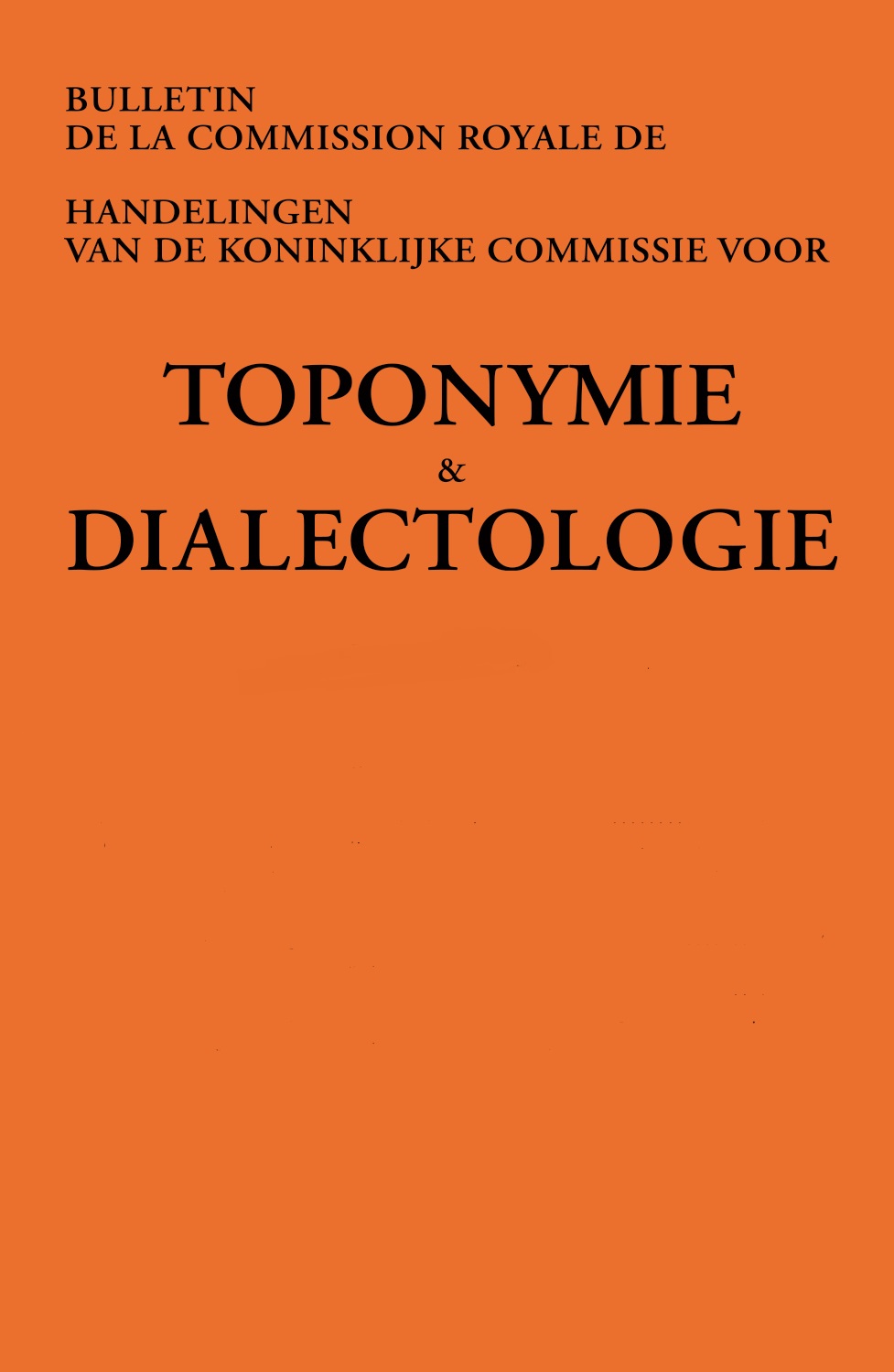Abstract
The etymology of the West Flemish place name Lapscheure remains uncertain and contentious. The dispute involves both elements of the name. Gysseling (1960) interprets the second part, -scheure, as the local phonetic form of 'schuur' (barn), while Mansion (1935) and Tavernier-Vereecken (1954, 1968) suggest it means 'schoor/schor/schorre' (shore/marsh). The oldest records, such as "lappescura" (1019-30), use <u>, with later records showing <eu/ue>, indicating a Middle West Flemish pronunciation of [ø]. Tavernier-Vereecken's attempt to categorize 'schoor/schorre' within a group of ingvaeonisms (like veugel, weunen, bleuzen) lacks support in contemporary West Flemish.
Conversely, unambiguous 'schuur' place names, such as the French-Flemish Ruischeure (Fr. Renescure) and Buisscheure (Fr. Buysscheure), suggest a more straightforward interpretation of 'schuur'. Mansion and Tavernier-Vereecken propose that Lapscheure derives from a personal name, such as Lappa or Lappo. Initially, Gysseling, however, considered the name could mean a repaired barn, later suggesting an Indo-European root *lap (‘bright, beautiful’), which gained little traction.
The notion of a repaired barn appeared earlier in Tanghe's 1857 "Beschryving van Lapscheure". The noun lap (‘patch’) dates back to the 10th-century Old Dutch Wachtendonk Psalms and exists in all Germanic languages except Gothic. The verb lappen (‘to mend’) first appeared in 1285 (Dordrecht), possibly originating as a Northwest Germanic/Ingvaeonic term. However, naming a prominent barn this way is doubtful, whereas a personal name remains more plausible.
The earliest form, with the expressive geminate -pp-, suggests Lappo as a diminutive of the frequent medieval name Landberht/Landbrecht, evolving through forms like Landbo, Lambo, Lampo, and Lampe to Lappe. This analysis aligns with similar transformations seen in medieval names, as discussed by Debrabandere (1980).
How to Cite:
De Grauwe, L., (2024) “Lapscheure, etymologisch verscheurd. Een overzicht van de opvattingen, nieuwe gegevens en een voorstel tot verzoenende oplossing”, Handelingen van de Koninklijke Commissie voor Toponymie en Dialectologie 95(1). doi: https://doi.org/10.21825/hctd.89957
Downloads:
Download PDF
View PDF

